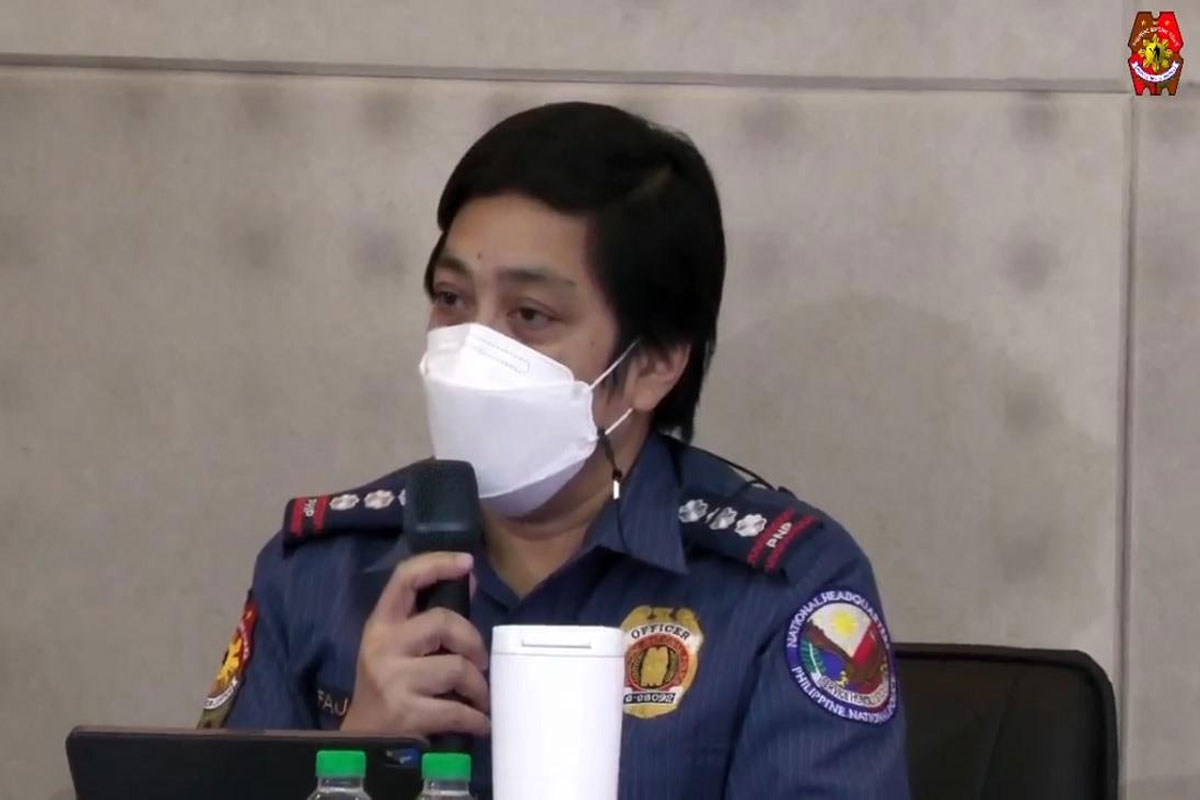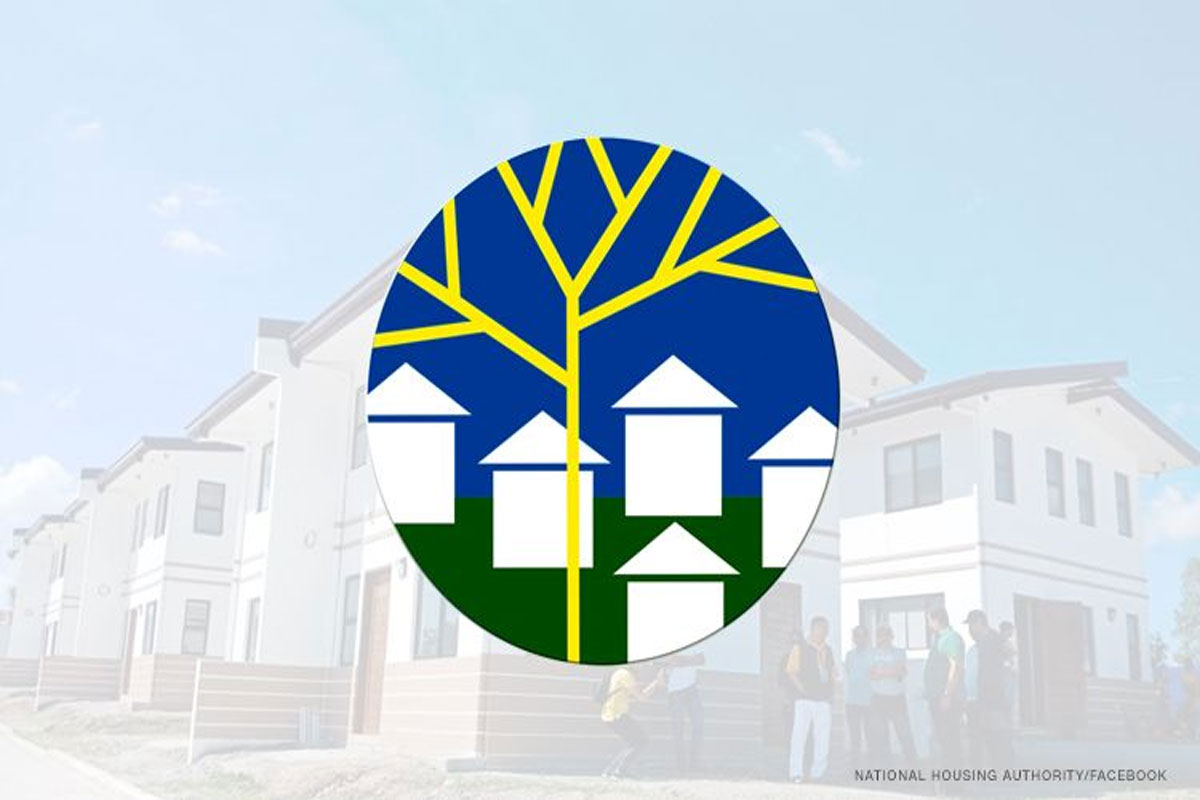
Ayuda in 2024 budget cushion against El Niño economic impact
A House leader expressed confidence that the extra “ayuda” in the 2024 national budget will help vulnerable families cope with higher prices due to El Niño phenomenon.
This ayuda, in the form of new cash transfers and other subsidy programs, according to Minority Leader Marcelino Libanan, will help poor sectors cope with potential basic commodity price increases due to the harsh impact of the El Niño phenomenon on farm harvest.
“We are counting on the expanded cash aid and other forms of government support, such as food stamps, to serve as a buffer and provide relief to disadvantaged households,” Libanan, the representative of 4Ps party-list, said.
“Along with the recent increases in the regional minimum wage rates, the subsidies will help struggling families grapple with the upward pressure on consumer prices,” he added.
The tripartite wages and productivity boards in 16 regions have ordered increases ranging from P30 to P50 in the daily minimum wage of workers employed in private establishments.
The pay adjustments are expected to benefit an estimated 3.82 million workers receiving the minimum wage rate.
House Speaker Martin Romualdez earlier said that the 2024 national budget includes P60 billion for the Ayuda sa Kapos ang Kita (AKAP), which will provide a one-time P5,000 cash payment to 12 million poor and low-income households.
The budget that was signed into law by President Ferdinand Marcos Jr. last week also includes another P30 billion for the Tulong Panghanapbuhay sa Ating Disadvantaged or Displaced Workers (TUPAD) plus P23 billion for the Assistance to Individuals in Crisis Situation (AICS).
The subsidies are on top of the P112.8 billion earmarked to pay for the cash transfers to 4.4 million households under the Pantawid Pamilyang Pilipino Program, or 4Ps.
Up to 65 provinces in the Philippines may experience “drought” by May 2024 as a result of a stronger El Niño phenomenon, according to the Department of Science and Technology (DOST).
The DOST defines “drought” as three consecutive months of “way below-normal rainfall condition,” or greater than 60 percent reduction from average rainfall.





























